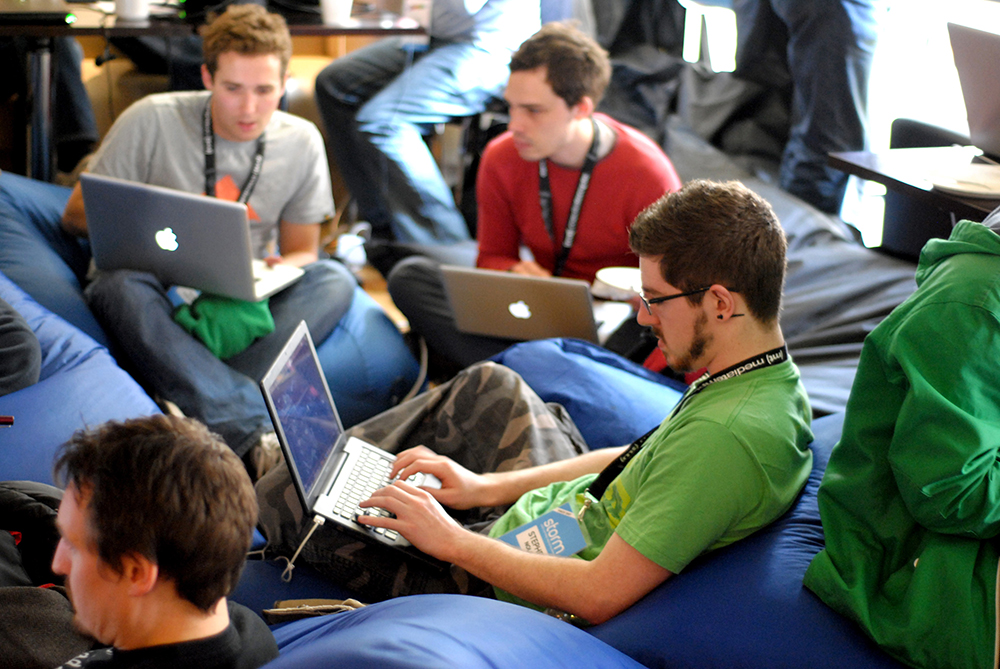
Of the Green Partys 17 demands to Fianna Fáil and Fine Gael, perhaps the one that jumps out as the most daunting is the call to reduce emissions by 7 per cent each year to 2030.
In theory, it means Irelands emissions must fall by 50 per cent by the end of the decade; from 60 million tonnes of CO2 equivalent, to 30 million tonnes.
But what does it actually mean in practice?
The Governments latest Climate Action Plan commits to about 3.5 per cent per annum. The plan envisages a million electric vehicles by 2030, an 80 carbon tax, 500,000 home retrofits, and 70 per cent of all electricity coming from renewable sources.
The Greens want to achieve twice that. While it is a huge aspiration, there are a number of quick wins. The closure this decade of the Moneypoint coal-burning generator, and Bord na Mónas peat-burning generators, could amount to an overall fall of 8 per cent.
The Covid-19 crisis has also seen emissions fall dramatically, although they might recover slowly.
So how do the Greens see Ireland reaching the 7 per cent target? Firstly by re-wetting Irelands boglands over a period of two decades, starting with 130,000 hectares – about half of the total – by 2030. This is done essentially by removing the drains put in for bog-cutting. This reverses peatlands from emitters to become carbon sinks. Politically this is fraught, as they will have to deal with traditional turf-cutting rights.
Another of its big projects is to increase energy from offshore wind farms to 5GW by 2030, and to 30GW by 2040. That is hugely ambitious.
In the past offshore farms only worked when you had shallow banks to allow the erection of turbines, as is the situation on the Arklow Banks. There was no solution for the wind-rich but very deep waters of the Atlantic.
But the technology is now there for floating tethered turbines, although they are still prohibitively expensive.
The worlds largest planned ocean windfarm at the (shallow) Dogger Bank off the northeast coast of England will have 600 enormous turbines, each 260 metres tall. For scale, the Eiffel tower is 320m tall. Cumulatively they will produce 3.6GW. Which is still far third short of Irelands target for 2030.
The Green Party also calls for 700,000 solar panels on the rooftops of homes by 2030, as well as 55,000 on commercial premises. If successful, these would provide 5 per cent of Irelands energy needs.
The Greens want to retrofit 750,000 homes within the decade, which is also a costly aspiration. The party has estimated this will require an initial annual outlay of 210 million plus 40 million to train 20,000 apprentices for this specialised form of work. It has also proposed oil burners to be replaced by heat pumps, and also by less emitting forms of energy. The retrofit cost will run into many billions.
Critics of the Green Party have portrayed its agricultural policy as culling the national herd, which was never true. While it is undeniable that an outcome of the policy is a reduction of the herd, it is more focused on alternative land use, encouraging biodiversity, less fertiliser, less intensive production.
The reality is agriculture accounts for one third of all emissions. There is no specific mention of herd reduction in its manifesto, but it wants 20 per cent of land to be organically farmed by 2030, soil surveys assessing the harm of slurry, pesticides and fertilisers, as well as a ban on cages for laying hens. It also wants to ban live export of cattle and unweaned calves. That all spells out less productivity and intensity, which means fewer animals.
Its argument is that some beef farming is unprofitable and farmers should be incentivised by CAP to turn to more environmentally friendly farming.
One of the novel suggestions is that all 120,000 farms in the country plant one hectare of woodland. On afforestation generally, the party wants the area of the landscape covered by forestry to increase from 11 per cent to 30 per cent by 2030, with 20,000 hectares being planted each year. And no longer just Sitka Spruce but a variety of deciduous and coniferous trees.
The partys public transport policies are well known.
It wants 20 per cent of the capital budget for walking and cycling, and two thirds of the rest for public transport. That means supporting Luas extensions, Bus Connects, Metro North, more rural buses, the DART interconnector (or DART underground), the full electrification of railways, plus exploring light rail for Galway and Cork.
Its manifesto also calls for all urban buses to be 100 per cent electric. All that is going to involve massive investment and will inevitably have implications for road projects, including the 60 or so which are currently in planning.
But even with those measures, and the scores of other smaller ones the Greens propose, it will still be really difficult to meet the 7 per cent annual target, especially if the economy begins to recover strongly from the current crisis.





More Stories
As the pandemic wreaks havoc on TV and movie ‘love lives’, intimacy coordinators need to find ways to adapt